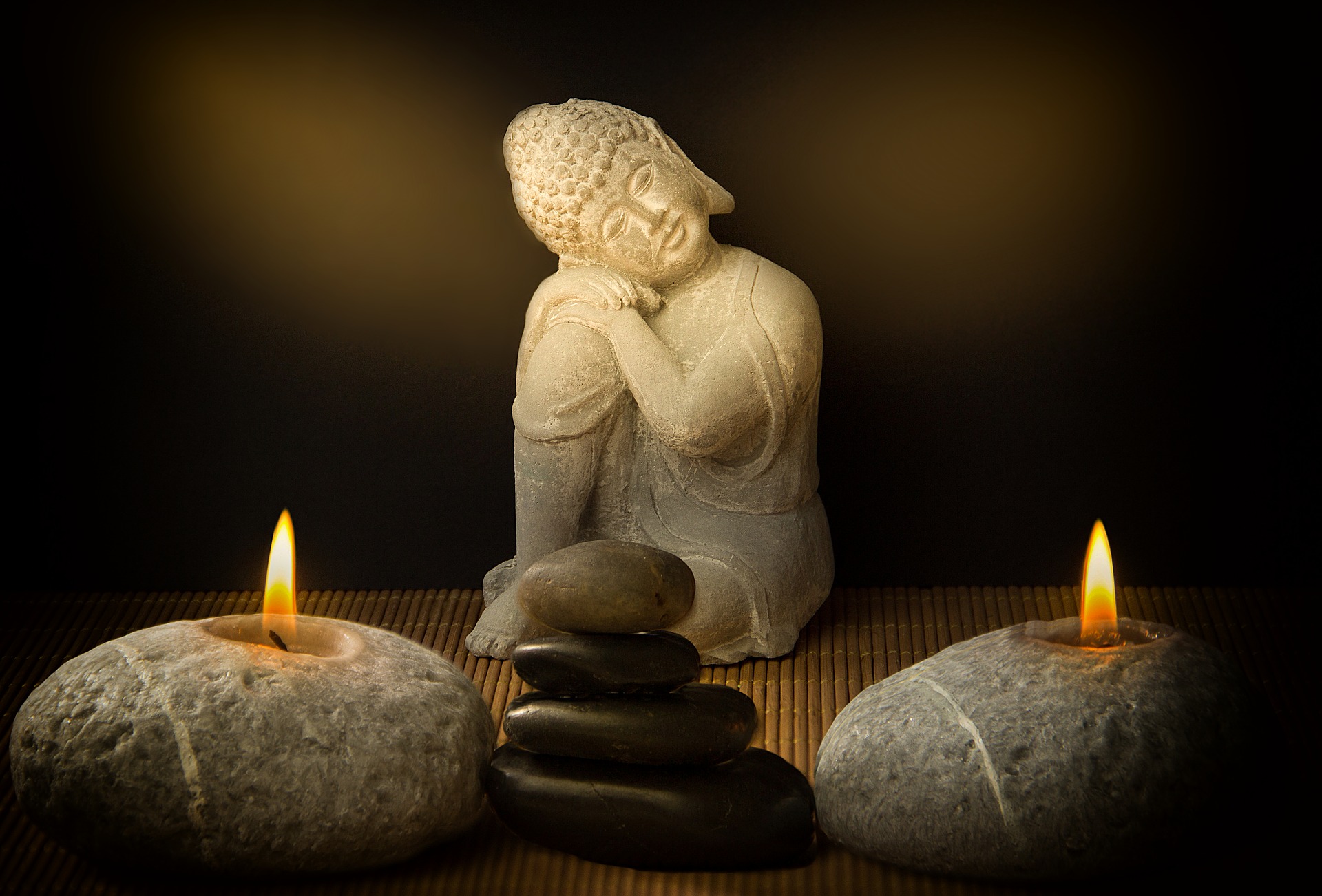My back was killing me, my legs had gone numb. How was I supposed to clear my mind when all I could think about was the fact that I was sure I was cutting off the blood supply to my thighs and I could no longer feel my feet!
That was me when I first decided to embark on the wonderful practice of meditation. I joined a local group and when I turned up, everyone was sitting on beautiful meditation cushions in perfect Lotus position. I had not even brought a mat to sit on! The instructor kindly lent me a mat and I attempted to get into position. It felt fine at first but as we began the meditation my back began to ache, my legs tingled from lack of blood flow, but I felt afraid to move. I opened my eyes and could see everyone deep in their meditation practice looking perfectly comfortable. I kept thinking what is wrong with me. I counted the minutes to the end of that session and left quickly, never to return.
I still wanted to start a meditation practice, as I had heard wonderful things about the benefits, so I did some research. It was then I began to realise that many of the thoughts I had about mediation were just myths. My research led me to develop my own meditation practice at home and I have never looked back. If you are considering starting a practice, or, like me, have been out off by what you have heard about mediation, let me bust 5 of the most common myths:
- You must sit on the floor in Lotus position:
One of the most important parts of meditation is that you are comfortable. It is preferable to have your spine straight to allow energy to flow freely, but not mandatory. You can meditate sitting on a chair, lying down, standing or walking. It is about finding what works for you. You may even do some of each.
- You must close your eyes:
While closing your eyes can give you a deeper experience, it is quite acceptable to leave your eyes open. If you are doing a walking meditation, I strongly advise you to keep your eyes open!! For some people, closing their eyes causes anxiety when first learning mediation, or even dizziness. Do not force what does not feel comfortable. An option of mediating with eyes open is to focus on an object, like a candle flame, a crystal or statue.
- You must mediate for a long time, daily.
The more you mediate the easier it becomes, and you will see the benefits faster. But the practice is not a race. It is more important to start and be consistent. When I first started, I did just 5 minutes three times a week. When you first start meditation, it can be difficult to focus your mind, so don’t expect to be able to go straight into 20-30-minute meditations. A regular practice is better than one or two long sessions. Commit to what fits your lifestyle, whether that is every day or once a week. As your practice develops you will find yourself wanting to meditate more so the time and frequency will naturally increase.
- You must empty your mind.
If your mind is completely empty, I would be checking for a pulse! It is not possible to completely empty your mind. Meditation can allow you to calm your mind, focus on one thing, whether that be your breath, a visualization, or mantra. But meditation is also about just noticing your thoughts without engaging in them. Our minds are so often racing with thoughts, it’s nice to quieten that monkey mind. This takes practice and your mind will wander, thoughts will interrupt you. That is perfectly normal. I have been meditating for several years now and it still happens to me. Do not get frustrated, when you notice your mind wandering, or engaging in a thought, just pause and refocus.
- You must sit still to meditate.
One of the first meditations I started to do was a walking meditation. I started by meditation every time I walked the dog. You can also meditate while doing yoga or running. It is also perfectly ok to readjust your position or scratch an itch during our practice!
Meditation is for everyone, young or old, stressed or not. It is a wonderful practice that can enhance your life and health. I wish you well in your meditation practice.


